Registered under the VCS certification standard, the Kuzuko project in South Africa is located in a nature reserve that has protected degraded former pastures to allow the return of the biodiversity that has lived in this landscape for thousands of years. Thanks to the complementary expertise of AfriCarbon and Reforest’Action, the project aims to restore 5,185 hectares of Portulacaria afra-dominated thicket, a tree species known locally as spekboom, to help re-establish the original plant community and habitat of this extraordinary indigenous fauna. In addition to the climatic action linked to carbon sequestration, it will be the source of a vast array of environmental and socio-economic benefits that will be closely monitored throughout the project, within a veritable open-air laboratory dedicated to the restoration of the living.
The origins of a large-scale project
The beginnings of Reforest’Action’s involvement
Reforest’Action’s commitment in South Africa dates back to 2020. With the aim of contributing to the restoration of the the Albany thicket, a lasting partnership was formed that year with the South African company AfriCarbon, backed by twenty years of research and experimentation applied to these unique ecosystems. The result was the launch of an initial project in the Eastern-Cape province, enabling 200 hectares of thicket to be restored by planting 500,000 spekboom seedlings. Strengthened by the mutual trust they had built up over the course of this first joint project, Reforest’Action and AfriCarbon decided in the spring of 2022 to take their ambition to the next level. Given the colossal financing requirements needed to make progress towards the goal of restoring all the degraded thickets in the region, the two organisations turned to the voluntary carbon market. As part of the Kuzuko project, which aims to restore 5,185 hectares of spekboom thicket within a protected nature reserve, a PDD (a document describing the planning of a carbon project and its compliance with certification requirements) had already been drafted in 2014 for submission to the international VCS standard by Anthony Mills, founder of AfriCarbon. But the latent state of the voluntary carbon market over the last decade meant that the Kuzuko project was unable to find funding.

A synergy between two complementary areas of expertise
As funding partner, Reforest’Action then joined the Kuzuko project’s carbon certification process and contributed its expertise in drawing up and supervising the business plan to guarantee the project’s financial integrity and secure the investment needed to launch restoration operations. In support of AfriCarbon, Reforest’Action also helped to finalize the protocols for measuring the carbon sequestration enabled by the project, as well as projecting its environmental and socio-economic impacts beyond climate action alone. At the same time, a rigorous monitoring and reporting process has been put in place to check - and adjust if necessary - these various parameters, ensuring that they comply with the VCS certification standards. In the field, the scientists of the AfriCarbon team implement the project design as they conceived it, drawing on their expertise in botany and soil science. They coordinate all the technical operations, apply the monitoring process for the growth of the trees and the impacts generated, and ensure the control and quality assurance of the data collected. The combination of Reforest’Action’s and AfriCarbon’s complementary areas of expertise makes Kuzuko a particularly robust and ambitious project for restoring ecosystems.
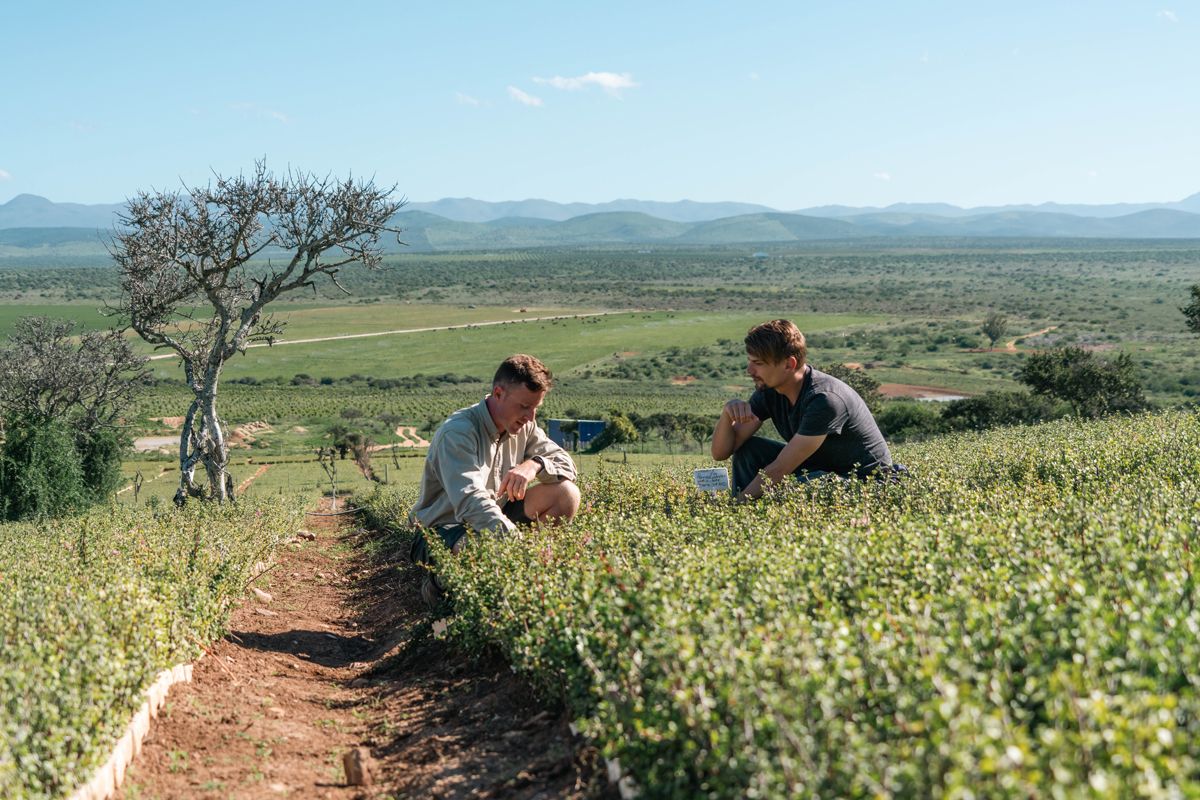
A project to restore the spekboom thicket biome
A project designed around the VCS and CCB certification
The Kuzuko project is now registered under the VCS (Verified Carbon Standard) certification, one of the most widely used international standards for contributing to global neutrality linked to the voluntary carbon market. This standard, managed by Verra, a not-for-profit organisation, guarantees that the tonnes of CO2 equivalent sequestered thanks to the deployment of the project meet certain quality criteria. Within Verra’s registry, Kuzuko corresponds to the ARR (Afforestation, Reforestation & Revegetation) typology, attributed to projects that develop forest carbon sinks by restoring vegetation cover. By encouraging carbon sequestration, the project contributes to achieving global carbon neutrality. The project will be audited every four years for thirty years by the Validation & Verification Body, an organisation approved by Verra which provides validation and verification services in accordance with the rules of the VCS standard. Each verification will generate certified carbon credits, corresponding to the amount of carbon actually sequestered by the trees planted as part of the project. The Kuzuko project is also in the process of being certified to the CCB (Climate, Community & Biodiversity) standard managed by Verra. This standard certifies that the project generates positive impacts on the climate and incorporates best practice in terms of community involvement and biodiversity conservation. Combining the VCS and CCB certifications guarantees the quality of the carbon credits generated by the project, while providing additional benefits that go beyond carbon mitigation measures.
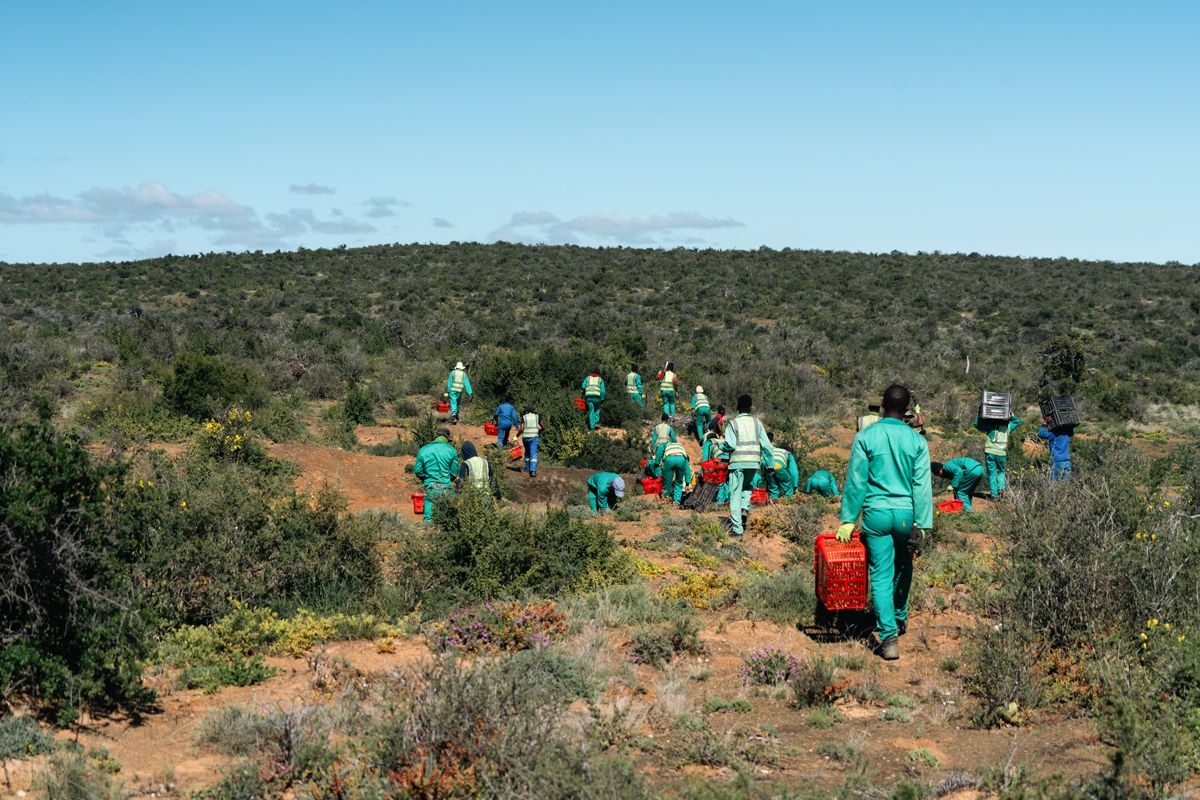
A project anchored in a biodiversity sanctuary
Located 150 kilometres from Port Elizabeth, in South Africa’s Eastern-Cape province, the Kuzuko reserve was created in 2002 through the protection of degraded land from 18 former goat farms. Thanks to the rewilding work carried out up until the reserve’s inauguration in 2008 to promote nature-based ecotourism, these degraded former pastures have been transformed into a veritable reservoir of animal biodiversity, now home, over an area of 15,000 hectares, to emblematic species of South Africa’s indigenous fauna, including elephants and rhinoceroses, Cape zebras and greater kudu, lions and cheetahs.
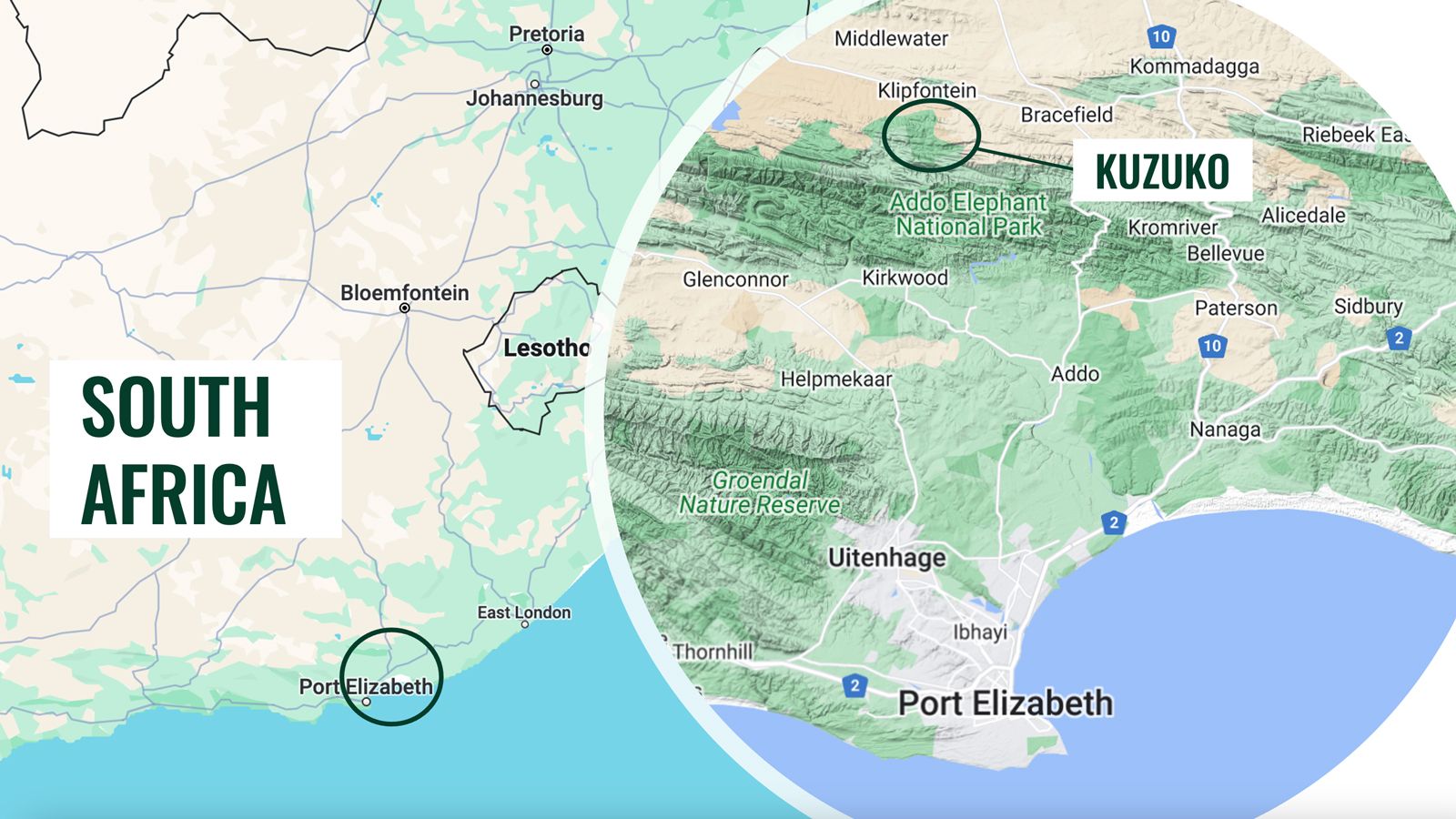
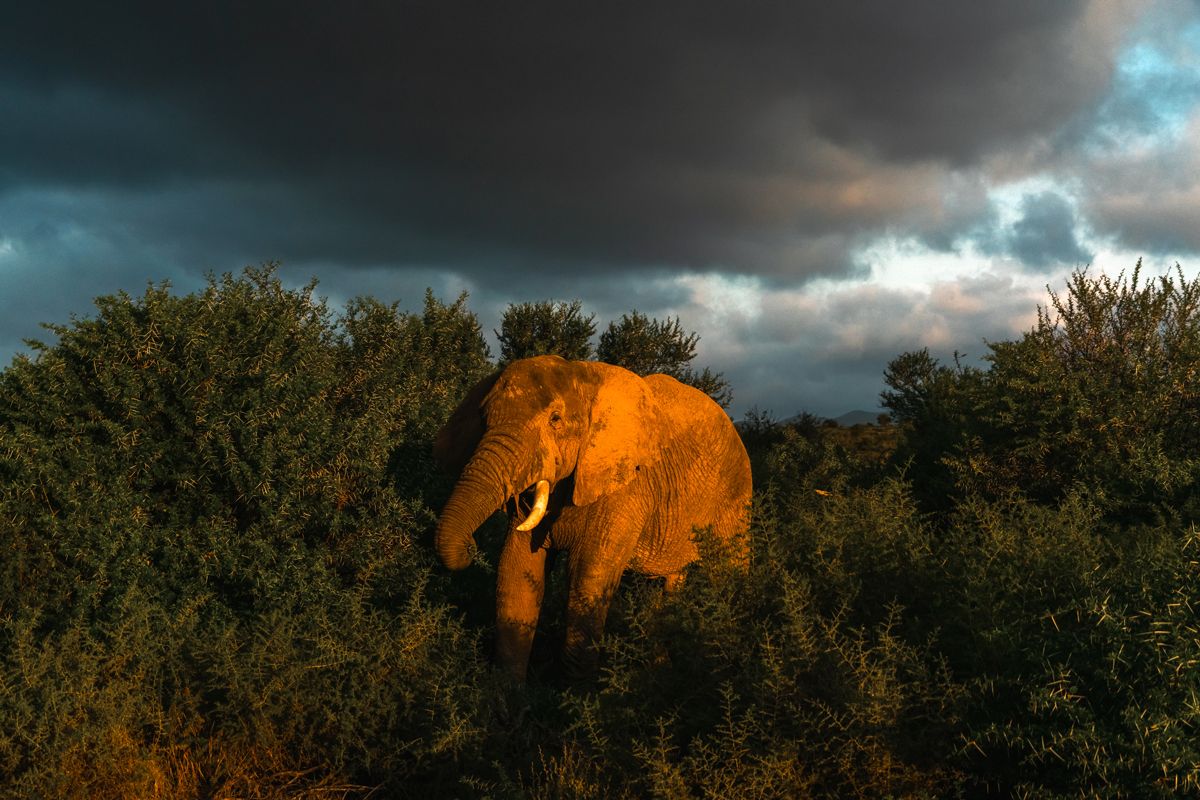
In terms of plant biodiversity, however, the removal of the goats and the respect of the ecosystem’s carrying capacity for two decades were not enough to regenerate the native vegetation of the arid Albany thicket, which was originally dominated - up to 80% of their vegetation - by a succulent species, Portulacaria afra. This tree, endemic to southern Africa and known locally as spekboom, is an essential pioneer species for the development and maintenance of a diverse plant community. "Our research has established that a third of the area now covered by the Kuzuko reserve was dominated by spekboom thickets two centuries ago, representing more than 5,000 hectares" says Anthony Mills, PhD in soil science and founder of AfriCarbon. " Today, the Kuzuko reserve has allowed the return of the wildlife that this landscape has known for thousands and thousands of years, but the current state of the vegetation is not adapted to its needs. This is the whole point of the restoration project that Reforest’Action and AfriCarbon are carrying out at Kuzuko: to re-establish the original habitat of this extraordinary indigenous wildlife and to contribute, on the scale of 5,185 hectares, to the restoration of the Albany arid thicket biome." Twenty years of scientific research have proved that spekboom has a central role to play in this restoration, through its ability to act on soil health and the water cycle, and to create the microclimate needed for the resurgence of a rich plant community. This engineer species, with its extraordinary physiological adaptation, is at the heart of the design of the Kuzuko project.
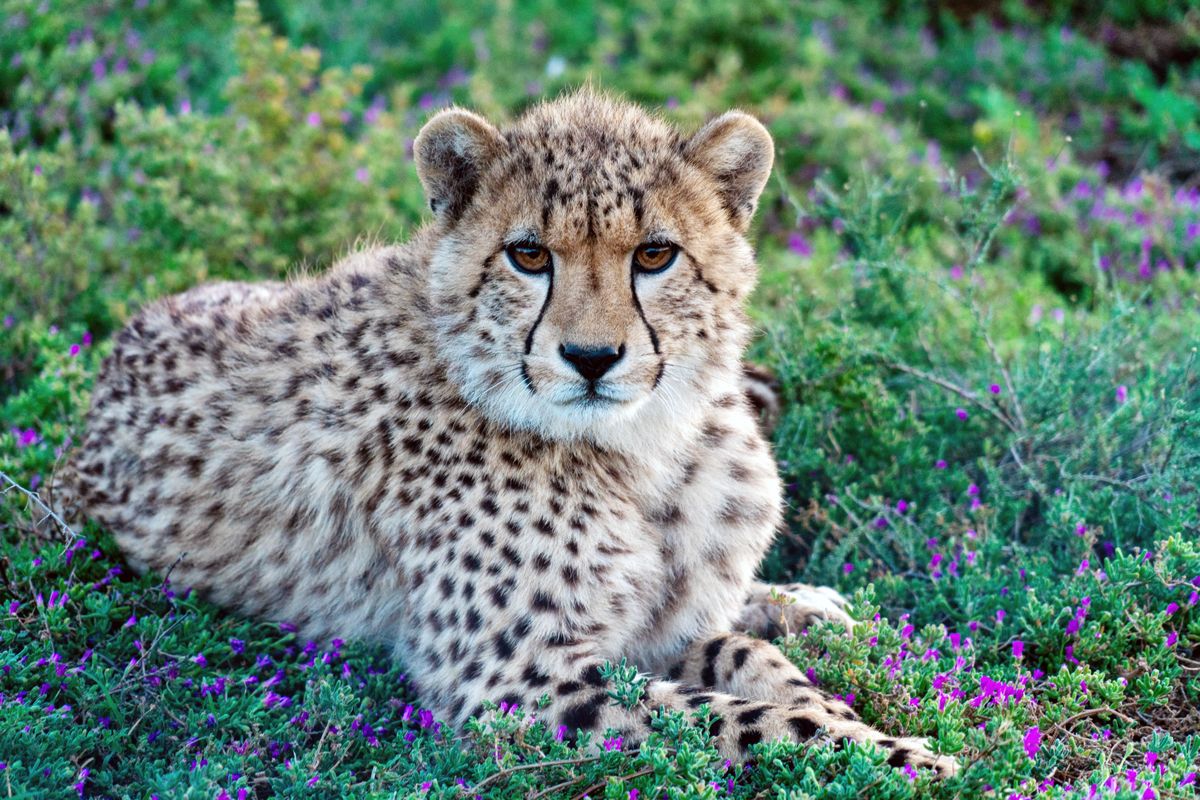
A project built on science and technology
On the ground, operations are managed by Robbert Duker, PhD in environmental plant physiology and AfriCarbon’s Chief Operations Officer, who is, with his team, based full-time within the Kuzuko reserve.
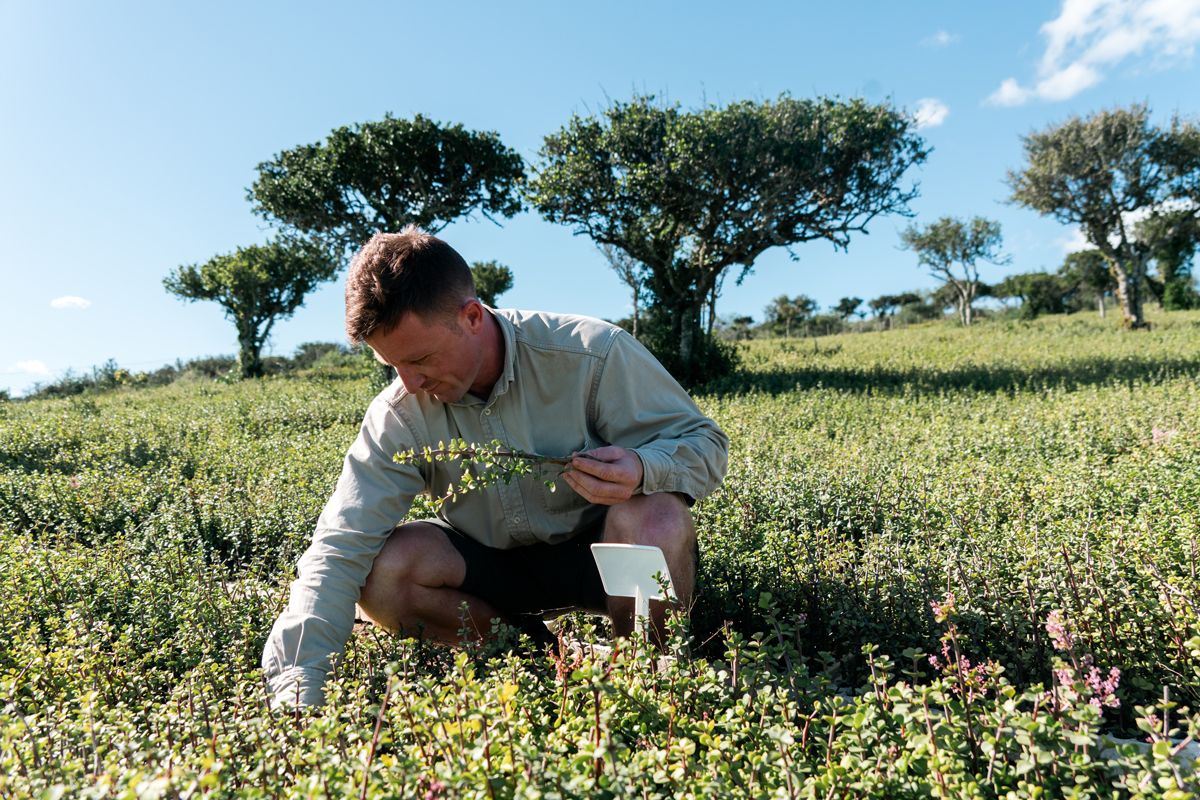
By identifying the areas to be restored within the reserve, which currently consist of moderately or severely degraded thickets, AfriCarbon was able to use rigorous mapping to divide the 5,185 hectares concerned into 1,730 plots, thereby defining a plan to be followed during the planting operations.
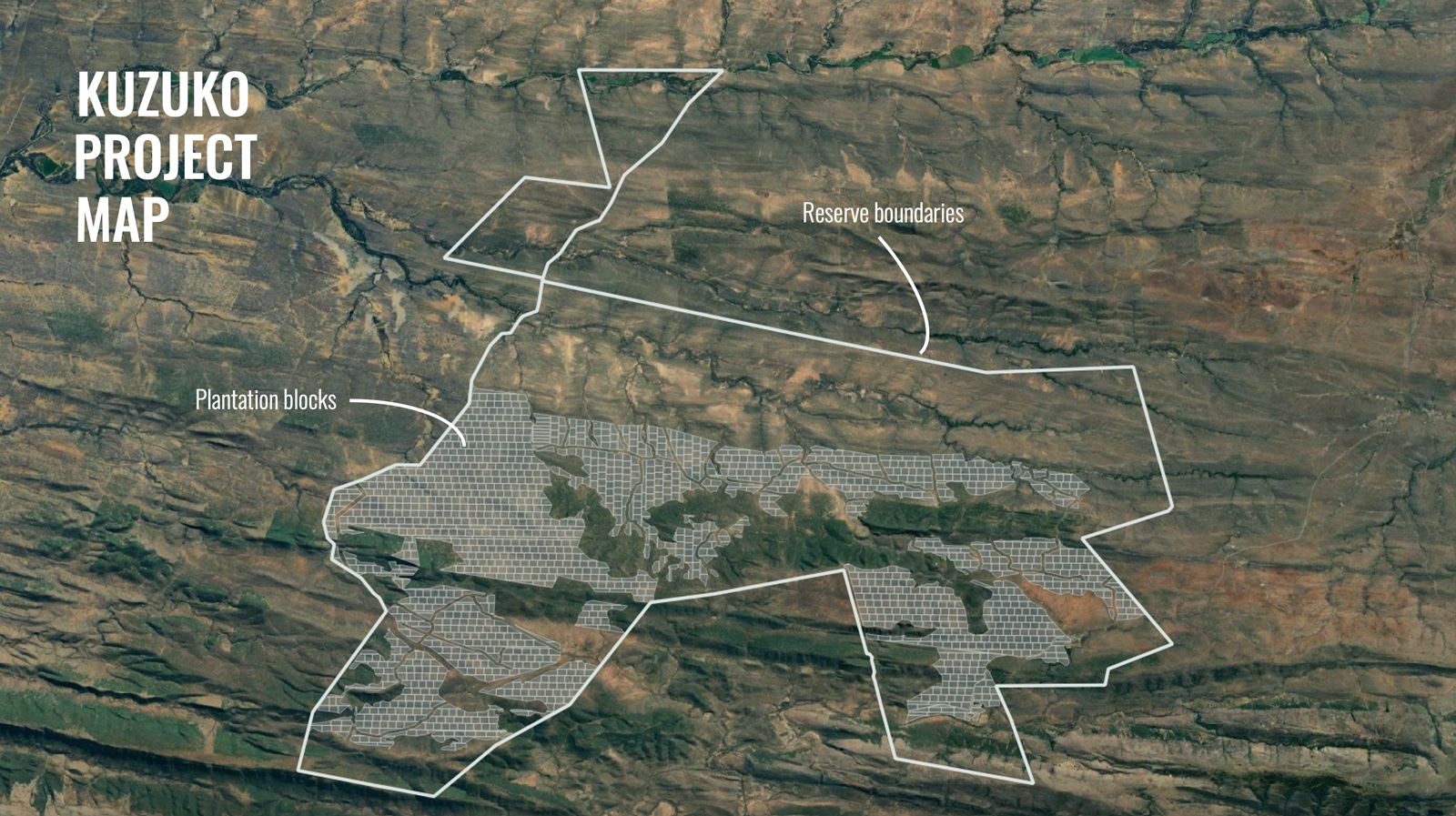
Three nurseries have been set up to produce the 25,9 million spekboom needed to restore the 5,185 hectares of degraded thicket. The cuttings, harvested from intact remnants of spekboom thickets, are raised in these nurseries, which provide them with the optimum conditions for their growth.
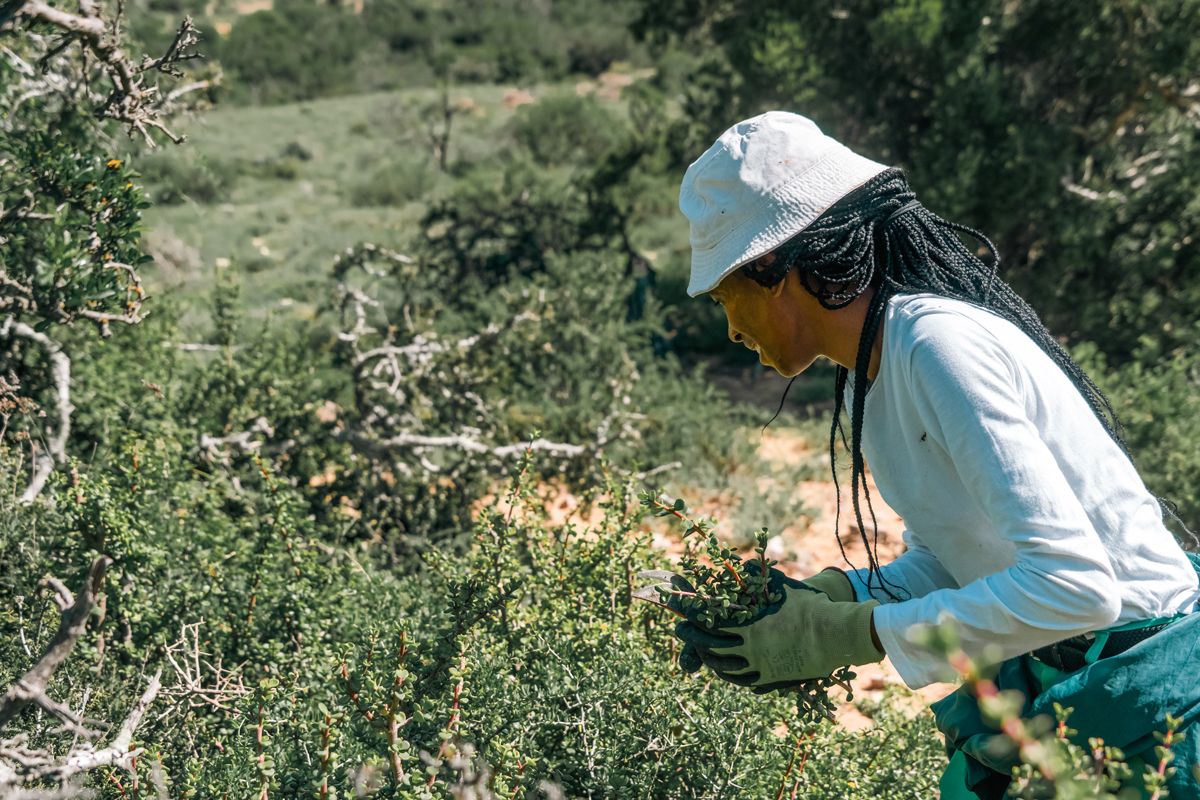
Today, the Kuzuko project employs around 300 people, who are housed and fed throughout the working week in purpose-built facilities. Planting began in September 2022 and will be completed by the end of December 2023. Around six months after planting, AfriCarbon carries out an initial monitoring to check that the trees are in good health and, if necessary, to organize maintenance work. This will then be repeated once a year.

The monitoring of impact indicators to reflect the added value of the project
Climate: measuring carbon sequestration
For a carbon project such as Kuzuko, monitoring carbon sequestration throughout the life of the project is a central aspect. A project scenario is defined and compared with a baseline scenario, which determines the amount of carbon that would have been sequestered if the project had not been implemented. The comparison between the baseline scenario and the project scenario is then used to estimate the additional sequestration actually enabled by the project. The spekboom’s remarkable ability to rapidly fix CO2 - and therefore remove it from the atmosphere - makes this tree an asset for mitigating climate change on a global scale. Restoring spekboom thickets thus increases the carbon storage capacity of above-ground and underground biomass (all organic plant matter), as well as that of the soil. Based on years of research and experimentation with spekboom thickets, the carbon sequestration target for the Kuzuko project is 1.7 million tonnes of CO2 equivalent over the 30-year credit period. This target includes a 20% buffer, which reduces the final sequestration value of tonnes of CO2 equivalent. This estimated carbon storage will be measured in real terms every four years by field surveys and verified by an audit conducted by the VCS standard.
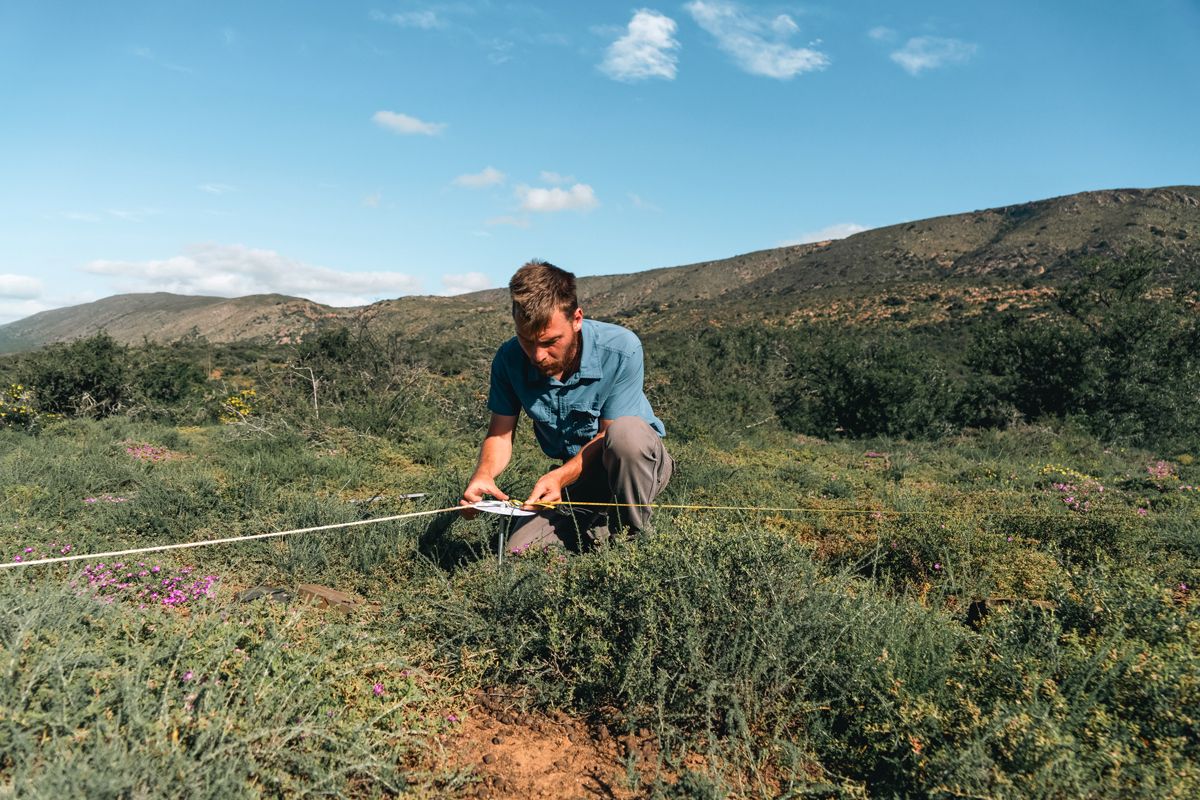
Soil, biodiversity, communities: 3 pillars of the project
The construction of a baseline scenario and a project scenario also applies to other impact indicators, which will be scrupulously monitored through a monitoring plan defined by AfriCarbon in conjunction with Reforest’Action. "When it comes to measuring the impact of the project, we look beyond carbon sequestration" explains Quentin Guyon, Project Manager in charge of developing the Kuzuko project for Reforest’Action. "We also take into account all the added value of the project, beyond the climate action alone, for soil quality, the development of biodiversity and the living conditions of local communities, by assessing the initial state of each indicator and observing its evolution throughout the life of the project." In terms of improving soil conditions, various indicators will be monitored throughout the project on permanent plots, such as soil temperature, density, infiltration and water retention rates, and erosion rates.

With regard to the project's impact on biodiversity, the monitoring plan involves, in particular, monitoring the diversity of flora, the number of bird species, endangered species and pollinators.
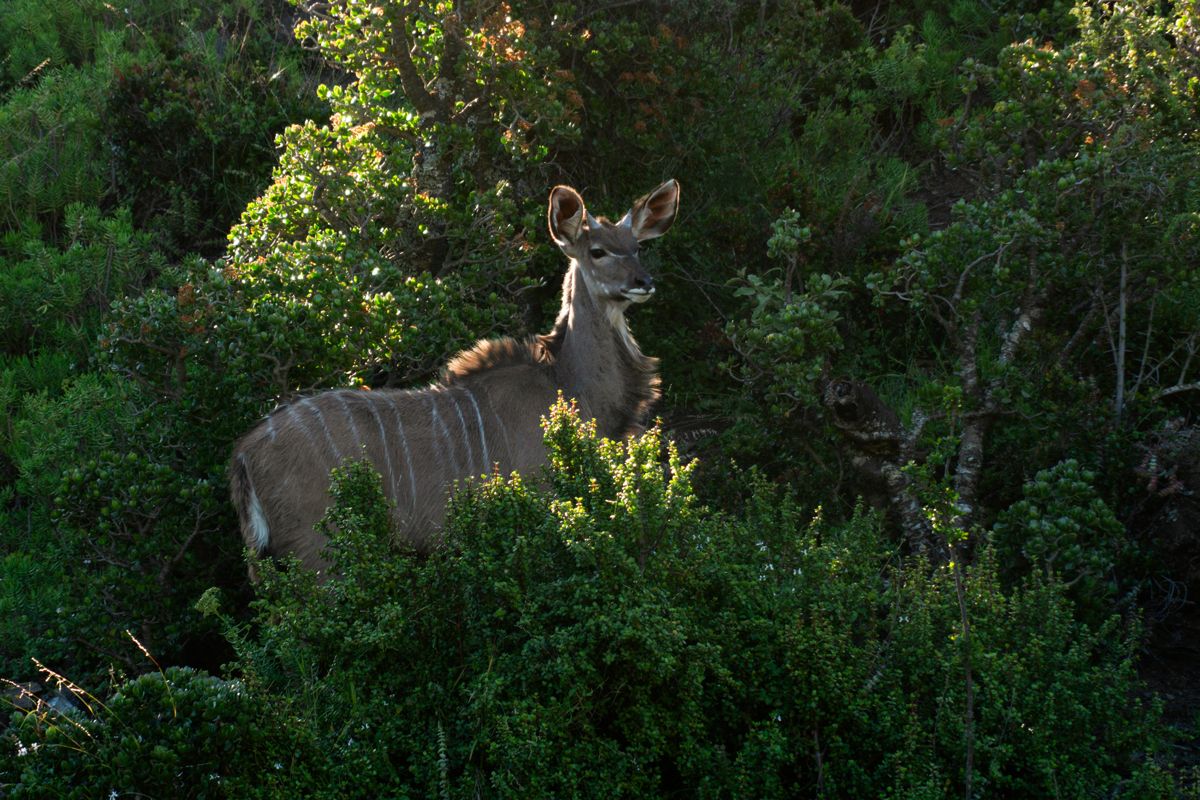
The socio-economic dimension is also a fully-fledged component of the project, which contributes directly to reducing local poverty levels. As part of the project, all the staff involved in the activities - harvesting spekboom cuttings, maintaining the nurseries, transporting the seedlings to the plots, planting the trees, activities linked to the infrastructures to accommodate the workers (kitchen, maintenance, shuttle service, etc.) - represent the creation of more than 300 jobs over an 15-month period, which could be extended thanks to the continued restoration of spekboom thickets in other degraded areas of the Eastern-Cape.
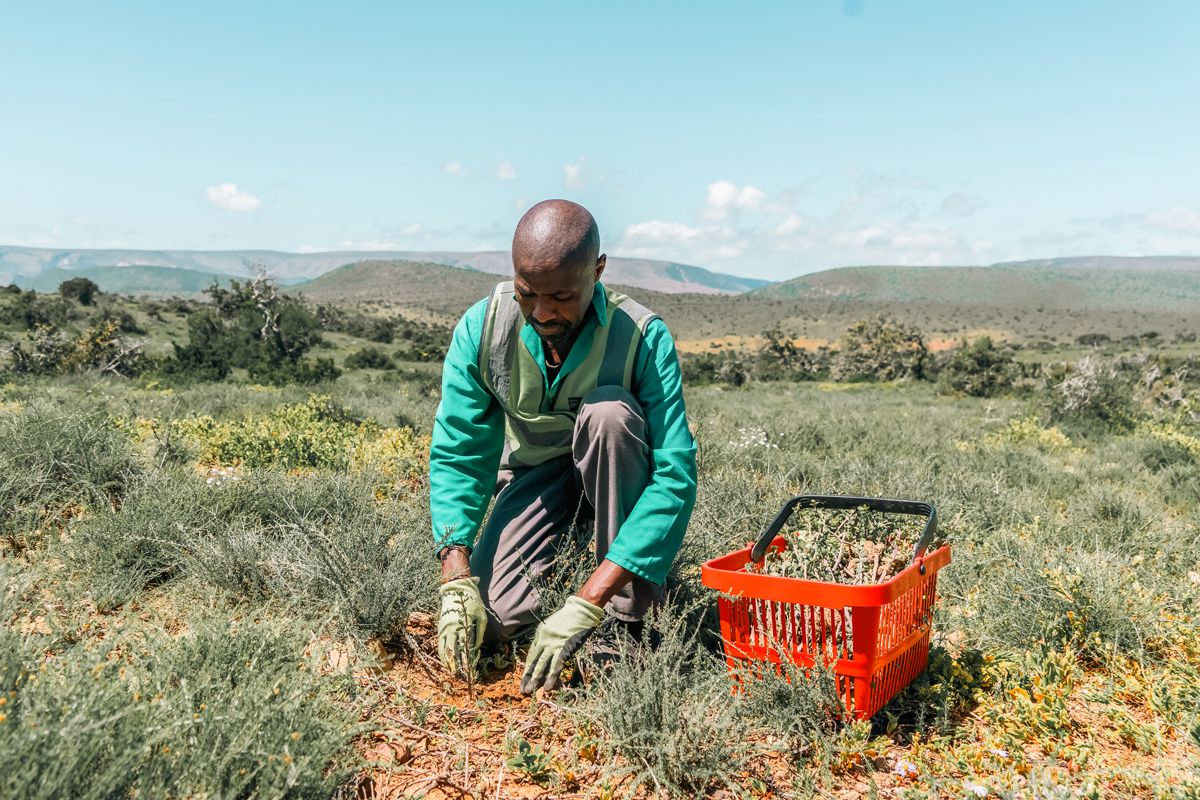
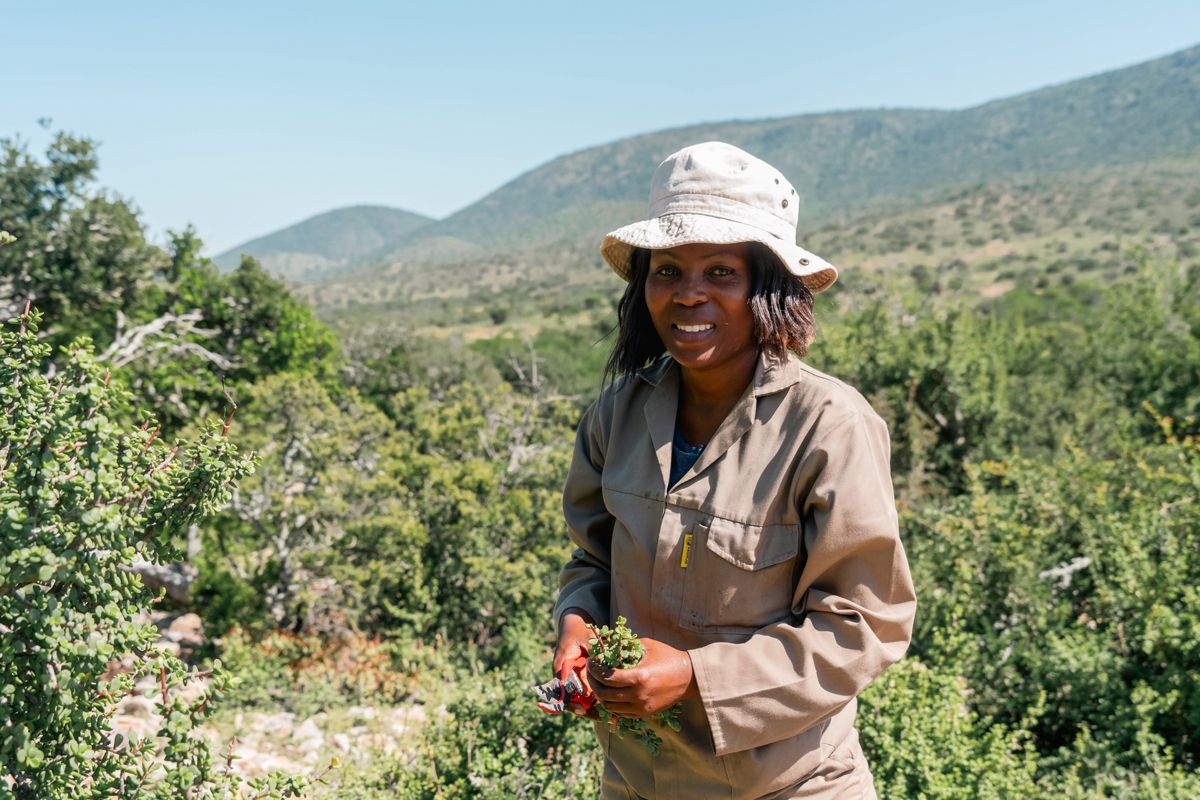
The social benefits also extend to the younger generation, as the project provides funding, through the Kuzuko Foundation Trust, for two primary schools located in Middlewater and Bracefield. The funds will be used to improve infrastructure, provide schoolchildren with quality teaching materials and contribute to their environmental education, teaching them the value of natural ecosystems and biodiversity from an early age.
The Kuzuko project demonstrates the ability of carbon-certified projects to extend their impact far beyond climate benefits, by promoting soil health, fostering biodiversity and improving living conditions for human communities. This holistic approach contributes to the restoration of valuable ecosystem services and the regeneration of the living in a sustainable way. While the challenge of restoring the thickets ecosystems in South Africa is a major one, with a degraded area of over one million hectares, the impacts of the Kuzuko project have the potential to be multiplied as future actions are carried out by AfriCarbon and Reforest’Action. Strengthened by this initial experience at Kuzuko, the two organisations will be pursuing their joint ambition to restore this unique biome over the coming years.
ACKNOWLEDGMENTS
- The Kuzuko project was notably funded by Capgemini, a global leader in partnering with companies to transform and manage their business by harnessing the power of technology. Capgemini is committed to a 90% decarbonization by 2040 and in addition is investing in high integrity carbon credits to abate and remove carbon from beyond their own value chain.
- The scientific information and figures concerning the physiological characteristics of spekboom come from interviews conducted by Reforest'Action with Anthony Mills, Doctor of Soil Science and Founder of AfriCarbon, and Robbert Duker, Doctor of Plant Environmental Physiology and Chief Operations Officer of AfriCarbon, or from their published, peer-reviewed scientific work.
- All the photographs illustrating this article were taken by Reforest'Action.